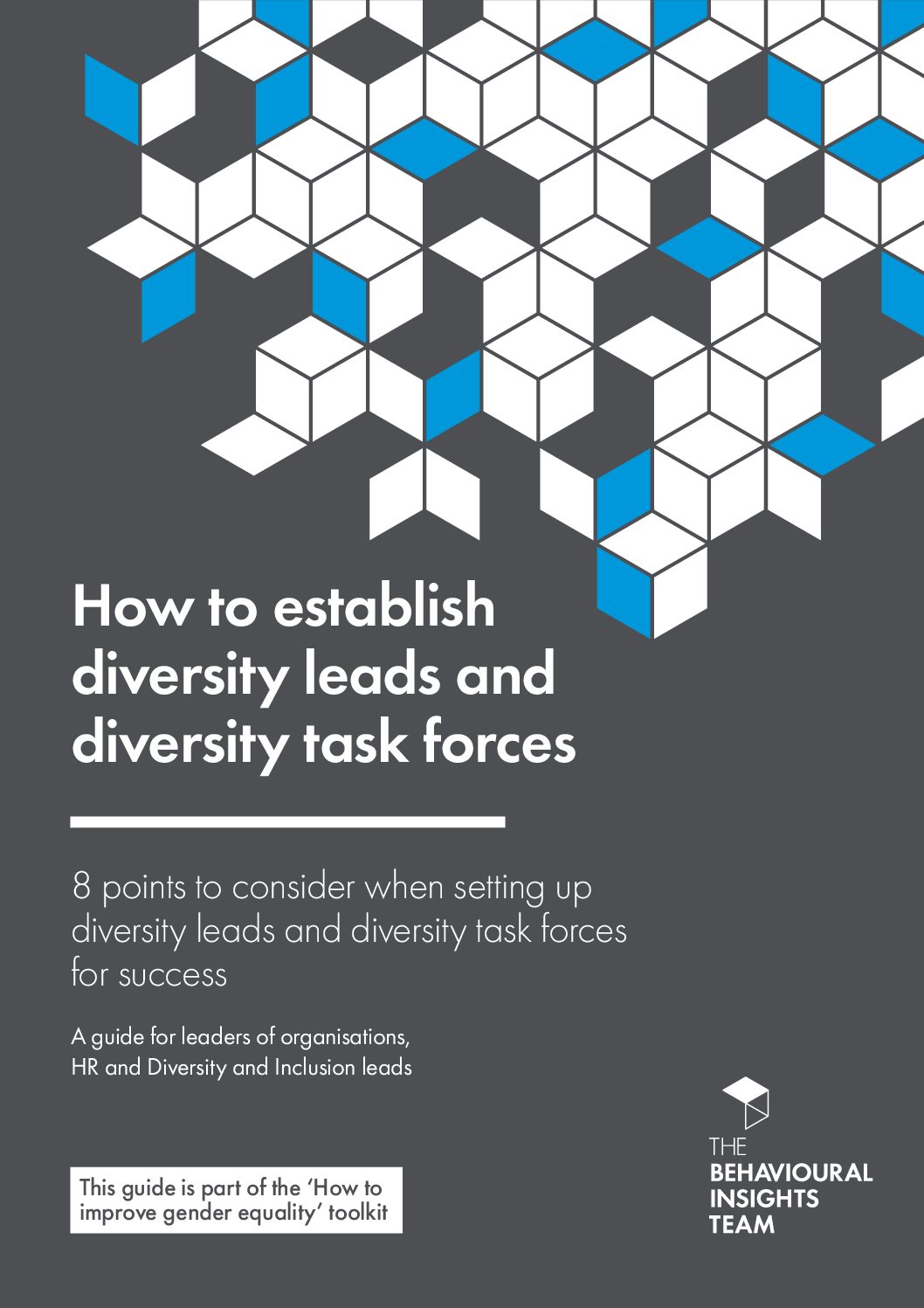In the UK, 22% of people are disabled, but negative attitudes towards disabled people are far too common. Disabled people face negative stereotypes about lower competence and can be thought of with fear or awkwardness. There is very little evidence on what works and what does not work to improve attitudes towards disabled people.
We partnered with Scope, a disability equality charity in England and Wales, to generate new evidence on what works. Today the report for this work is published.
DOWNLOAD THE REPORT SUMMARY HERE
What we did
Based on our review of the evidence, we developed a set of messages designed either to improve attitudes towards disabled people, or investigate the impact of common approaches in campaigns. We designed these messages in collaboration with Scope staff and disabled people across two co-design workshops.
- Things in common: the message emphasised everyday common activities and identities shared between disabled and non-disabled people
- Humour: the message used humour to demonstrate the impact of being disabled
- Behaviour change: the message highlighted specific actions that can be taken to improve accessibility at work for disabled people
- Exceptional positive representation: the message portrayed an exceptional disabled athlete
- Highlighting injustice: the message highlighted the disadvantages or injustice faced by a disabled person
- Perspective-taking: the message asked participants to imagine the perspective of a disabled person
- Factual: the message used facts or statistics to demonstrate challenges experienced by disabled people
How we tested the messages
We ran a randomised controlled trial with over 5,000 people using BIT’s online experiment platform to test the different campaign messages. Participants either viewed one of the seven messages or no message. This meant we could understand the impact of seeing each message compared with not seeing a message.
Figure 1: Illustration of the perspective-taking message
What we found
The perspective-taking message was the most effective at improving attitudes. It also made people more likely to click on further information about how to support equality for disabled people.
We think that encouraging people to imagine a relatable experience, such as being treated unfairly, rather than an inaccessible one, such as being disabled, may have made this effective. The perspective-taking evidence is mixed, and it might come down to the lens through which audiences are asked to imagine a perspective, and whether that is connecting or alienating. It also may have prompted ‘self-persuasion’, which evidence suggests makes personal stories more effective at changing attitudes.
Interestingly, all of the disabled people who took part in the co-design workshop felt that this message would be effective as they felt that it “walk[ed] people through a journey of an experience of a disabled person” and that it brought “disability to life”.
Figure 2: Effect of behaviorally-informed messages on public attitudes towards disabled people
We also found that the message that portrayed an exceptional disabled athlete was the second most effective at shifting attitudes. It is unlikely that the positive representation of the individual needs to be ‘exceptional’ to be effective given the strongly positive effect of the perspective-taking message. What both results together suggest is that affirming the status of disabled people represented in campaign stories is important, whether that’s in terms of highlighting responsibilities or passion at work, in the community, with family and friends, or achievements.
The ‘factual’ and ‘highlighting injustice’ messages had some negative effects. Sharing facts reduced the perceived competence of disabled people. Highlighting injustice faced by disabled people also decreased how much people said they thought disabled people can take care of themselves. Messages focused solely on the injustices experienced by disabled people may induce pity and campaigners should be cautious given the prevalent negative stereotypes about disabled people’s competence.
Recommendations for future mass media campaigns
- Affirm the status of disabled people. Positive representations of disabled people that foster respect and preserve dignity may help to avoid pity, even if coupled with examples of unfair treatment or other negative experiences.
- Share stories and personal experiences. Personal stories that centre a named individual are easier for audiences to connect with.
- Encourage people to think about how they would feel facing inequality. Increase the impact of a personal story by encouraging the audience to feel a universal emotion from the perspective of a disabled person. This may result in ‘self-persuasion’. Avoid asking non-disabled people to imagine being disabled.
Be careful when:
- Talking about injustice. Highlighting injustice in a way that positions disabled people as vulnerable may reinforce negative stereotypes and lead to avoidance.
- Using facts and figures. Without emotional engagement, facts and figures may alienate audiences.








